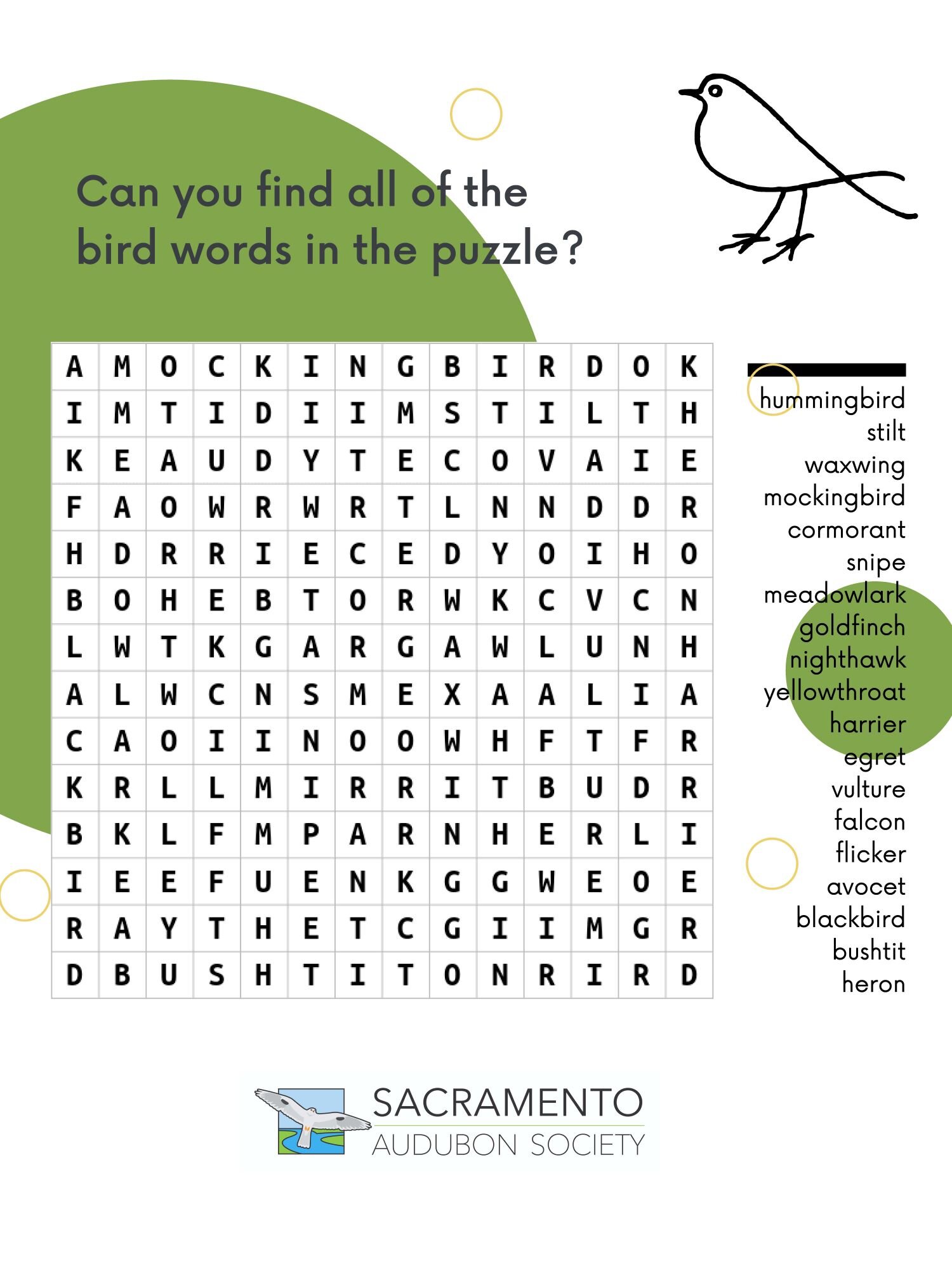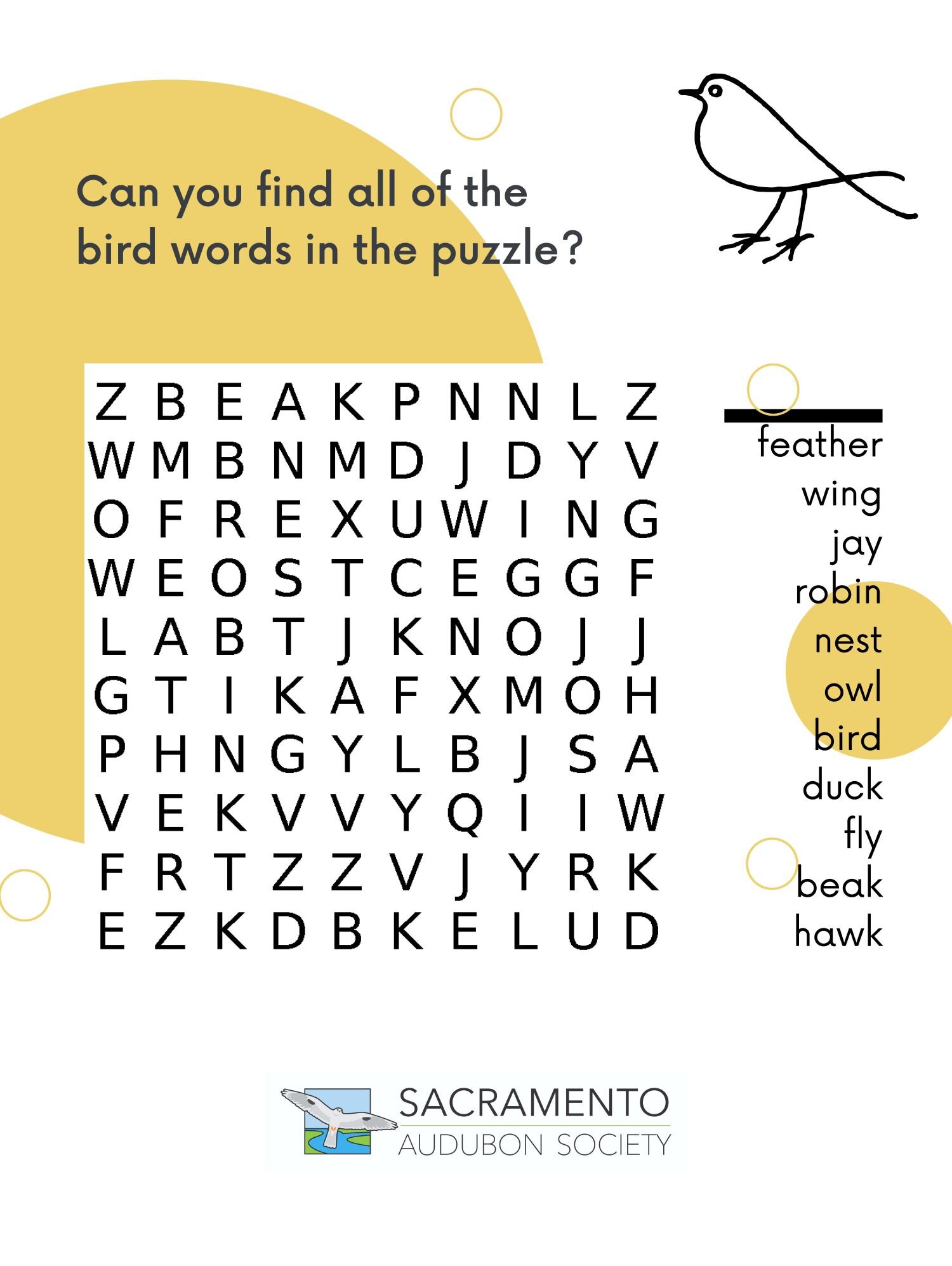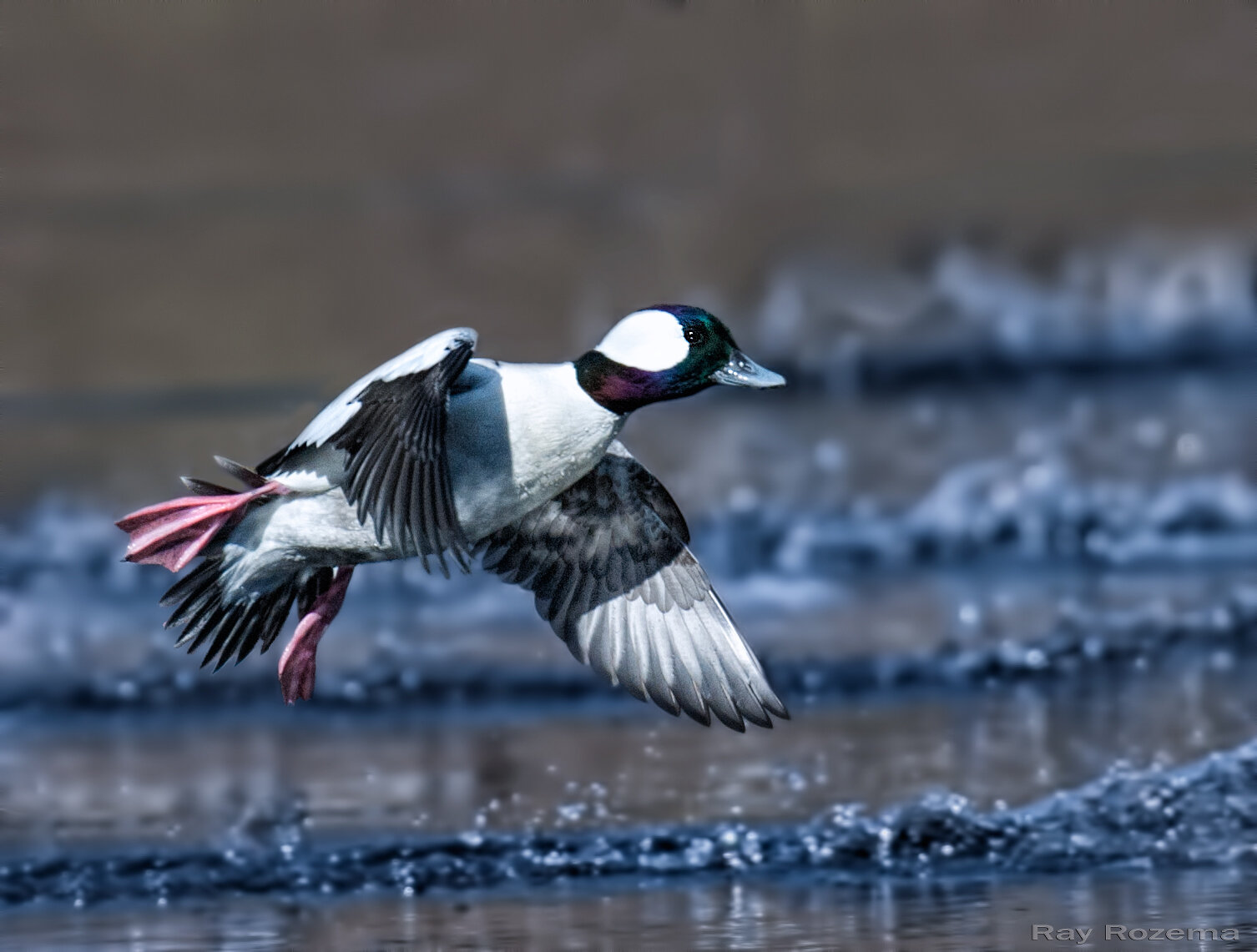Fun Facts About Hummingbirds
Q: Have you ever wondered what a hummingbird’s colorful patch of throat feathers is called?
A: The feathers are called a “gorget” (pronounced gor-git). The term comes from a period when a knight-in-armor wore a metallic collar – or gorget to protect his throat. The gorget is found on many males, particularly those found in North America, and they are iridescent.
Q: What fountains do hummingbirds prefer?
A: Hummingbirds prefer places that are easy for them to perch and take advantage of the water. Fountains with small bubblers and rough textures such as slate slabs. These are best options because they give the birds plenty of space to access the water where they feel safe and comfortable.
Hummingbirds also love to drink from water hoses.
Q: How can I attract more hummingbirds to my backyard?
A: Grow native plants that have lots of nectar to attract these energetic birds. Nectar is a sweet, liquid substance produced by the flowers of plants. It is made in glands of the plants called nectaries. Hummingbirds need this sweet (sugar) solution to fuel their high energy lifestyle. Did you know that they flap their wings around 60 times per second, have hearts that beat on average 1,200 times per minute, and stick their tongue in and out of a feeder 13 times per second?
A common trait that many nectar producing plants have is that they are long and tubular. Examples include red columbine, bee balm, trumpet honeysuckle, cardinal flower, and red buckeye. Insects have a hard time reaching the nectars in these types of flowers; but hummingbirds with their long beaks and tongues, are perfectly adapted.
Q: How long do hummingbirds live?
A: Depending on the species hummingbirds live on average 3 to 5 years; but have been known to live up to 12 years.
Anna’s Hummingbird on Nest by Larry Hickey
Q: What do hummingbirds make their nests out of ?
A: Common items used to build hummingbird nests includes spider silk/ webs, lichens, moss, bark fragments, leaves, feathers, fur, and plant fibers.
Planting a Seed
Northern Flicker, William Pond Recreation Area by Gesna Clarke
Planting seeds in kids to recognize, respect and appreciate nature begins at an early age and in your own backyard. Kids are naturally curious; so what better place than the backyard to start a conversation about birds and ways to create and maintain a healthy and safe environment for local birds who consider your yard their home or birds who drop by during seasonal migration.
Prepare a birding tool kit that includes binoculars, pencils, note and sketch pads, and birding field or activity guide to help your kids get started.
Below are a few recommended field and activity guides for kids of different ages.
Backyard Birding for Kids by Fran Lee
Audubon Birding Adventures for Kids: activities and Ideas for Watching, Feeding and Housing our Feathered Friends by Elissa Wolfson
The Young Birder’s Guide to Birds of North America ( Peterson Field Guides) by Roger Tory Peterson
Bird Log, a kids’ journal to record their birding experience by De Anna Brandt
Help your kids learn to respect birds and their habitat. One example is by modeling how to quietly observe a bird’s behavior from a distance, so the bird is not frightened and flies away.
Work with your kids and explore ways to support birds who live in or stopover at your backyard.
Build a birdhouse or bird feeder
Identify a corner in the yard to start a kids’ native plant garden. The garden will attract more birds to the yard
Build a DIY water source in one or two locations in your backyard.
What other things can you and your kids do to create a bird friendly community in your own backyard? Put on your thinking cap and start planting those seeds to introduce your kids to the wonderful world of birding!
Exploring Nature from the California Department of Fish and Wildlife
California Department of Fish and Wildlife, Laura Drath, Nature Bowl Coordinator, has provided the pdfs below. These pdfs include several activities to encourage students to stay connected to nature in their neighborhoods.
Students are encouraged to send their completed activities, photos of their nature journals and observations, or anything else they’d like to share. They can email these directly to the CDFW. With permission, CDFW will share some of their work on their website. CA Fish and Wildlife are eager to see what students come up with and how they are learning about and enjoying nature in their neighborhoods!
4th Annual Teen Christmas Bird Count Jan. 5, 2020
Twenty teens, parents, and leaders eagerly trekked the trails of William B. Pond Recreational Area in search of birds in the fog - a perfect time to learn how to listen for birds.
As the walk wrapped up, the fog was burning off and we found we had a total of 59 species of birds, 11 of them being new to this count.
Thank you to Teen Leaders/Mentors: Craig DeMartini, Cliff Hawley, David Rosen, Sandra Steurer, and Jane Van Kessel, who made the bird world very engaging to our teens and their families.
We ate lunch at our traditional Mexican restaurant and had our drawing for door prizes. Thank you to the SAS membership for donating so many exciting items to choose from. What a good way to get our teens started in the study and appreciation of birds.
Ruby-crowned Kinglet,
Image by Larry Hickey
Trip highlights mentioned by participants included: seeing a Cooper’s and Sharp-Shinned Hawk for comparison, flashy color on Ruby-Crowned Kinglets, Blue-Gray Gnatcatchers, very cute Bufflehead, and seeing deer swimming in the river as they crossed. Notable finds were: Greater White-Fronted Geese and Pine Siskins flying over, a lone Gadwall, Yellow-Billed Magpies, a Hermit Thrush, and Phainopepla.
Bufflehead,
Image by Ray Rozema
by Wendy Warren Money
Jan 4, 2020 - Kids' Christmas Bird Count
Saturday morning dawned with a thin band of rain and fog going through the Sacramento area and apparently, this discouraged some families from showing up. Thankfully, the weather cleared by the time the families arrived.
Cliff Hawley, Lynne Tweten, Dan Williams, Craig DeMartini and Larry Hickey took two teams out who were able to find 50 species. Everyone’s favorite bird was a cooperative Merlin perched for long enough that everyone was able to look through the scopes and see this beautiful falcon. Children always enjoy the turkeys and they did not disappoint with more than 20 seen by the teams. Deer, especially a stag with large antlers were also fun for the kids to see.
Merlin,
Image by Larry Hickey
Wild Turkey
Image by Daniel Lee Brown
There were so many raffle gifts that all children were able to pick three gifts from the tables – this, of course, is always a hit. After the raffle, Rachael Cowan, the Volunteer Coordinator for Effie Yeaw, brought out Orion, a Swainson’s Hawk who can fly but sadly, is so imprinted on humans we would not be safe, so now he will be cared for permanently by Nature Center staff. He was very calm, and everyone was incredibly impressed with how beautiful he was.
All in all, the children, their families and the SAS leaders all had a grand time!










